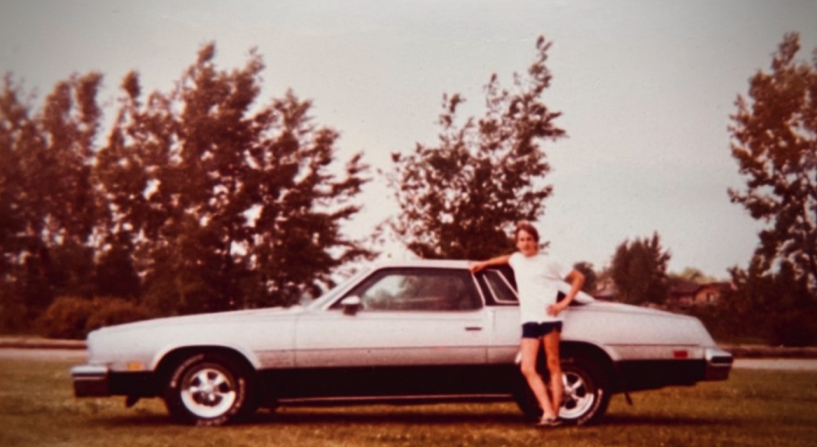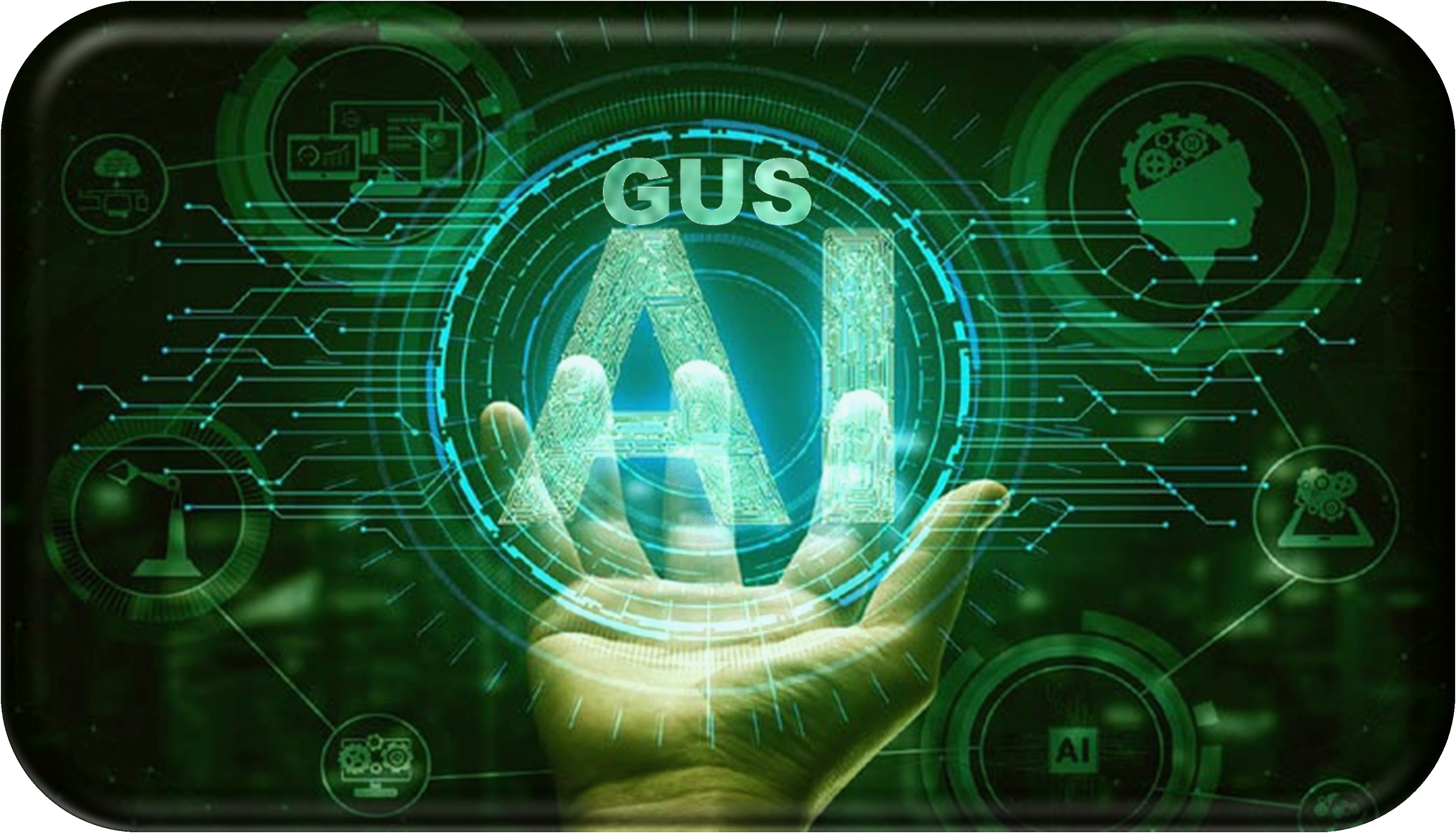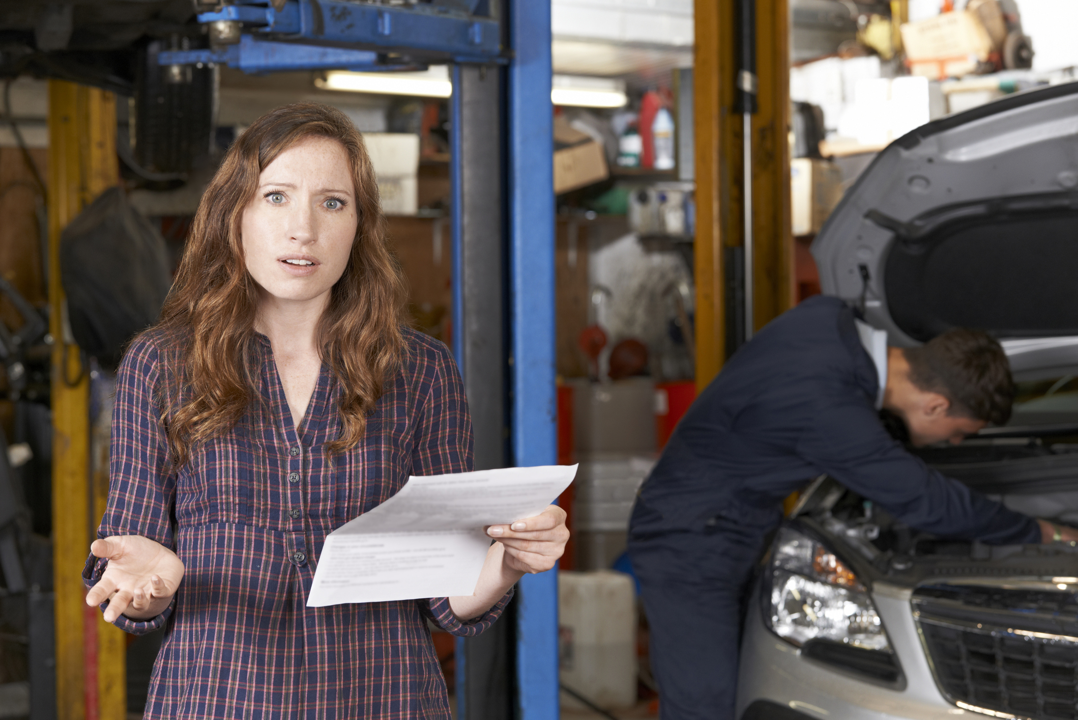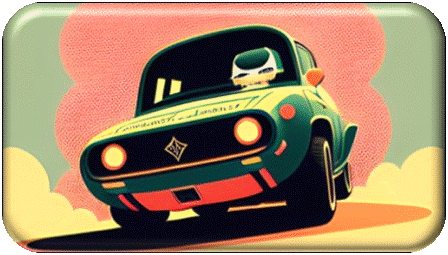Why I founded Raise a Hood
Today, most dealerships have higher total profits from their service bays than from selling new cars and used cars combined; they are literally selling vehicles to service them later. So, if it feels like the cards are stacked against you when you bring your vehicle into the dealership for service, be comforted that your precipitations are accurate.

Sometimes, it's just easier to start at the beginning; when I was in middle school, I first began to question the nature of engineering and mechanical field testing; the core of my question would come back and change the course of my career 40 years later.
My father was a mechanic, and with his help, I purchased my first car just after my 14th birthday; as a father-son project. At that young age, wrapped in the excitement of my first car, I remember questioning how engineers in Detroit would continue testing my car after it was in production. It was an immature idea; as every engineer knows, you test the product first, and then only if it meets your test criteria do you release it to the field. This automotive excitement ultimately led me to a career encompassing several engineering degrees, a decade at Ford, and later a career in the high-tech sector.
While my question came from youthful naivety, the nucleus of the idea had some pertinence. Today 300 million cars are on US roads, and with so many things and people stitched together digitally by more data than we can imagine, why can't we consolidate and better use all that vehicle repair information? Using artificial intelligence, we can understand how our vehicles perform in the field, when they break, and, most importantly, why.
With the modern ability to gather and understand all the field information for our vehicle makes and models, we can solve the significant issue that frustrates us all; the excessive cost of automotive maintenance and repair. Automotive costs are often inflated due to the power of an economic principle of asymmetric information, also referred to as 'information failure.' It simply means one party in the transaction knows more than the other party, and as a result, someone is likely to become victimized. As a car owner, I'm sure you recognize that the potential victim is you, not the dealership.
Imagine going to a dealership for routine maintenance, and the service manager informs you that they've uncovered $3000 of recommended repair; sound familiar? Clearly, the dealership has the upper hand in the discussion; they know the problem and the actual cost of the repair, but given the asymmetric information imbalance, it's challenging to determine what portions of the $3000 repair are vital, optional, or even unnecessary. Furthermore, you're already at the shop; visiting a second shop for an alternate assessment is both time-consuming and expensive. Thus, most people take the risk and pay for an overpriced repair that may include unnecessary work, maintenance that could be safely postponed to your next service call, or even unfair pricing. In short, we all run the risk of being the next victim.
It doesn't seem like we had this problem 25 years ago. With all of our advanced technology and communication platforms, why does the situation seem worse? Because it is! Before the internet, we had a different asymmetric information problem with buying new and used cars. Years ago, it was difficult to know a dealership's profit margin on new vehicles, and we had limited access to good information on the actual value of used vehicles. Dealers capitalized on this advantage and, as a result, had rich profit margins on vehicle sales. Do you want a proof point? Look how many dealerships had glitzy showrooms and never went out of business, even with poor sales tactics. The dealership was marketed under the family name and was handed down to kids and later grandkids to operate. It was a small gold mine they never wanted to lose.
This dealership advantage started to melt away when the internet hit its stride. All the glorious information on vehicle prices, costs, and actual value became widely published online. Guess what happened: vehicle profits shrank, so dealerships turned to their service bays to make up the earnings shortfall. They taught their service managers to upsell and cross-sell, which included incentivizing their service teams just like their sales teams to drive more revenue per customer. They went even further and introduced their service teams to marketing strategies to bring more people in the door for service. They trained them on sales techniques for overcoming customer objections when recommending expensive, and often unnecessary, maintenance and repairs.
It worked! Today, most dealerships have higher total profits from their service bays than from selling new cars and used cars combined; they are literally selling vehicles to service them later. So, if it feels like the cards are stacked against you when you bring your vehicle into the dealership for service, be comforted that your precipitations are accurate.
Contrast this to the modern consumer good segment: today, if you look on the Amazon website for a bread toaster, you'll find the most popular toaster is $29. To assist you in making an intelligent decision, the toaster is backed with 30,000 reviews, 103 customer photos, and 157 customer answered questions, all FOR A $30 TOASTER! Yet, bring your car to a dealership, and they may inform you that the main seal in the rear differential is starting to leak, and if it's not repaired, it could ultimately fail, leaving you stranded. Additionally, they tell you that the repair is $750 now or $2500 later if it fails. $750 is much cheaper than $2500, so what do you do? Where do you look for further help? You have one biased opinion from the service manager for a $750 vehicle repair, whereas you had 30,000 independent opinions to support your $30 toaster purchase. As an engineer with this leaking seal, I would ask; what's the probability this will catastrophically fail in the next year; 20%, 1%, 0.0001%? I would like to know if a cheaper shop could do the same work; $750 for a $10 sealing part seems a little expensive. Is this failure common, and what did the 100,000 other owners with my exact vehicle do when their seal failed? Did they learn anything they could share? Finally, could I do it myself? I may not be a mechanic, but if I have a few hours and tools, could I do it correctly?
For some people, a $750 expenditure is an annoyance. But as a kid growing up in a small town in a lower-middle income family, $750 is a monthly game changer that still causes the typical family to go on a cost-savings plan, meaning more peanut butter sandwiches and skipping everything but the absolute necessities in the monthly budget. For some dealership's service manager to take advantage of that family, even a little, is unconscionable.
Online information helped solve the dealership advantage with vehicle sales, online reviews changed the playing field for consumer purchasing trends, and parallel information will level the playing field of vehicle maintenance and repair, but how? The problem of poor symptom and repair information is a problem we all unknowingly contribute to, as we're universally terrible at capturing and sharing our repair data. After you have your car repaired, you might store the receipt in your 'cars' folder in the filing cabinet next to the last maintenance receipt you never again reviewed. Even if you did share the data, it is significantly more complicated to correlate repair data to the potential underlying of your specific car vs. assessing the value of a $30 Amazon toaster. However, with the aid of modern artificial intelligence (AI) we now have the ability to transform trillions of little pieces of vehicle repair data into meaningful information that allows us to make smarter decisions. Just as doctors and medical researchers use powerful AI engines to make better decisions for human care, we can now use the same tools and principles to deliver fair and reliable vehicle care to everyone.
That's why I founded Raise a Hood. My parents enabled me to obtain an excellent education through many late nights and hard work. My education and hard work helped me learn the automotive and high-tech trades. Now it comes full circle; I intend to use my technical skills, education, and a little more hard work to give back to everyone like my parents, trying to make their dollar stretch a little farther. In the process, we are leveling the asymmetric information imbalance to put the power back in the hands of the consumer, where it justly belongs.
If you join our Raise a Hood community, we all thank you. You can feel good about joining a movement founded on a new generation of technology, dedicated to helping our members, grounded in the spirit of that idealistic 14-year-old boy in a small midwestern farm town who wanted cars to just work.
KEYWORDS:
RELATED ARTICLES
Join the conversation, and share more learnings
Login to join the conversation



Wow! I love this site. It's great
Those are some unfortunate legs, I must say.